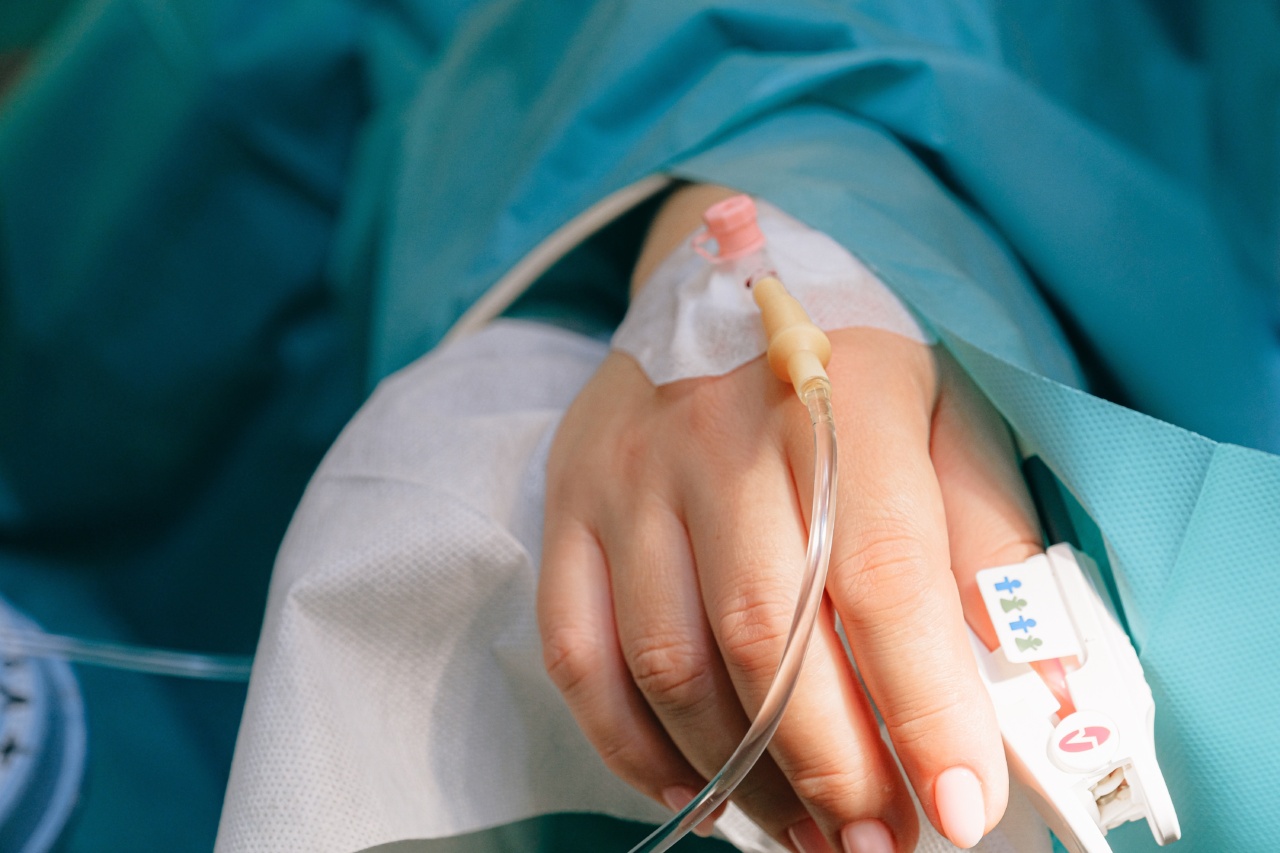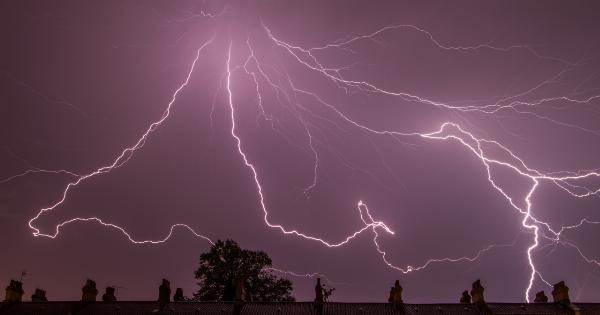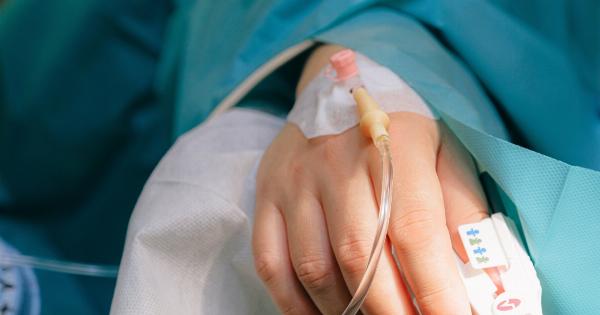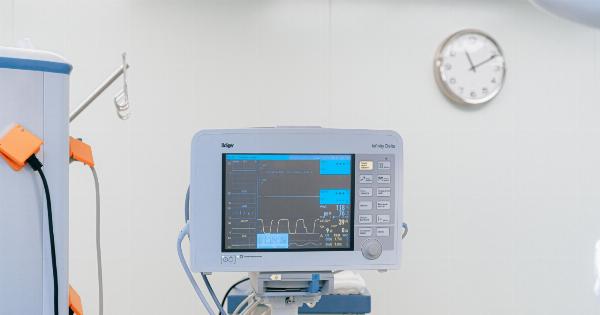Electric shock is a medical emergency, and it can occur in many ways such as in contact with electric wires, sockets, appliances, or lightning. The severity of the shock depends on the voltage and duration of exposure.
When someone receives an electric shock, their body’s electrical system gets disrupted, and this can lead to different symptoms. The most severe effects of electric shock are burns, heart attack, and even death. Therefore, if someone gets an electric shock, it’s essential to take immediate steps to provide emergency care.
In this article, we’ll discuss what to do in case of an electric shock and how to provide first aid to victims.
: Causes of Electric Shock
Electric shock can happen due to many reasons, some common causes are:.
- Contact with electric wires, sockets, appliances, or lightning.
- Working with electrical equipment or in the electrical power industry without proper training or safety measures
- Using electric tools or appliances in wet or damp areas, which can increase the risk of electrocution.
: Symptoms of Electric Shock
Electric shock can cause various symptoms depending on the severity of the injury. Some common symptoms are:.
- Burning sensation or pain at the site of injury.
- Difficulty breathing due to muscle contraction or shock wave damage to the respiratory system.
- Chest pain, irregular heartbeat, and other signs of heart attack.
- Loss of consciousness, seizures, confusion, and disorientation.
: What To Do In Case of Electric Shock
If someone gets an electric shock, every second counts, and it’s essential to take immediate steps to provide emergency care. Follow the below-mentioned steps in case of an electric shock:.
: Step 1
Before providing any medical aid, it’s essential to disconnect the power source or turn off the electrical circuit, which caused the electric shock. This prevents further injury to the victim or rescuer.
However, don’t touch the person directly if the electrical circuit is still active or if the person is in water or wet surroundings. In such cases, use insulated tools to disconnect the power or call emergency services for assistance.
: Step 2
After disconnecting the power source, check the victim’s breathing and pulse. If there’s no pulse, start CPR immediately, and if the victim’s breathing is irregular, provide oxygen or artificial respiration.
In some cases, electric shock can cause respiratory arrest or cardiac arrest, and prompt action in this situation could save someone’s life.
: Step 3
If the victim is unconscious, call emergency services immediately. Don’t waste valuable time trying to provide medical aid that you’re not trained to do.
The trained professionals will be better equipped to provide the required medical attention and transport the victim to the hospital for further treatment.
: Step 4
After providing initial medical care, it’s essential to provide first aid to the victim. The below-mentioned steps will be a guide on how to provide first aid to the victim:.
: Step 4.1
If the victim has sustained burns due to electric shock, cool the affected area with running water for at least 10 minutes. This will cool down the burn and prevent further damage to the skin.
Remove any clothing or jewelry from the affected area without pulling or tearing the skin. Cover the burns with a sterilized bandage or cloth to prevent infection.
: Step 4.2
Electric shock can cause muscle and ligament injuries, which can lead to swelling and pain. Apply ice packs or cool compresses to the affected area for at least 20 minutes to reduce swelling and pain.
Wrap the affected area with a compressive bandage to provide support and prevent further injury. Be careful not to wrap the bandage too tightly, as it can cut off circulation.
: Step 4.3
Electric shock can cause anxiety, fear, and confusion, making it challenging for the victim to stay calm. In such cases, try to reassure the victim and comfort them.
Keep them warm and comfortable and try to distract them from their pain or discomfort by talking to them about something else.
: Conclusion
Electric shock can be a life-threatening and severe injury, and it’s essential to take immediate steps to provide emergency care.
Remember to turn off the power source before providing first aid, check the victim’s breathing and pulse, call emergency services, and provide first aid. Don’t take unnecessary risks, and if you’re not trained to provide medical aid, call for professional help.





























